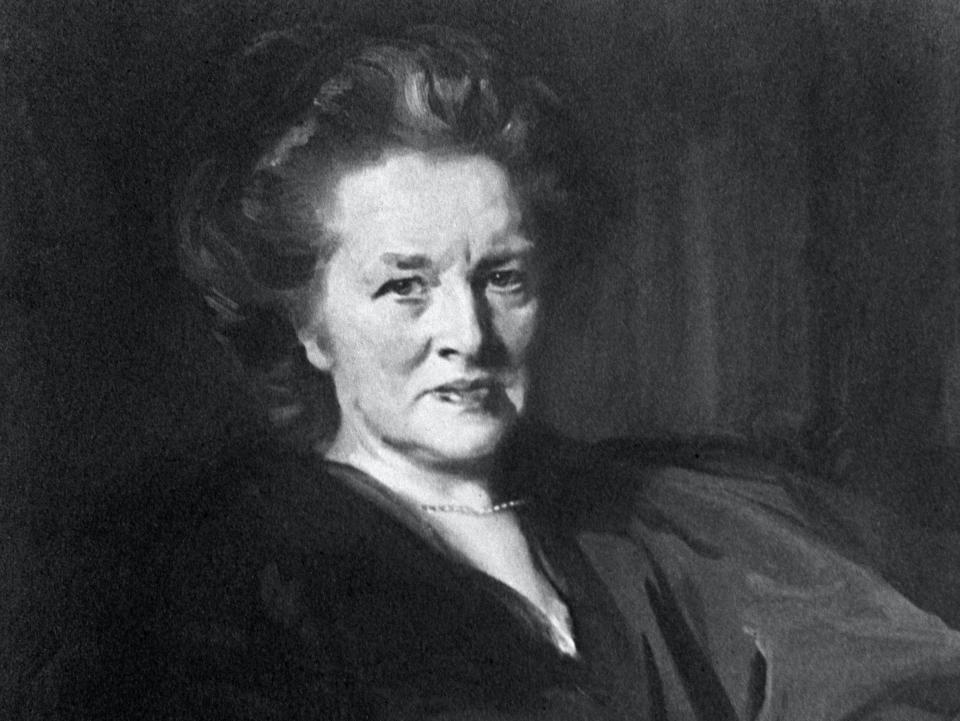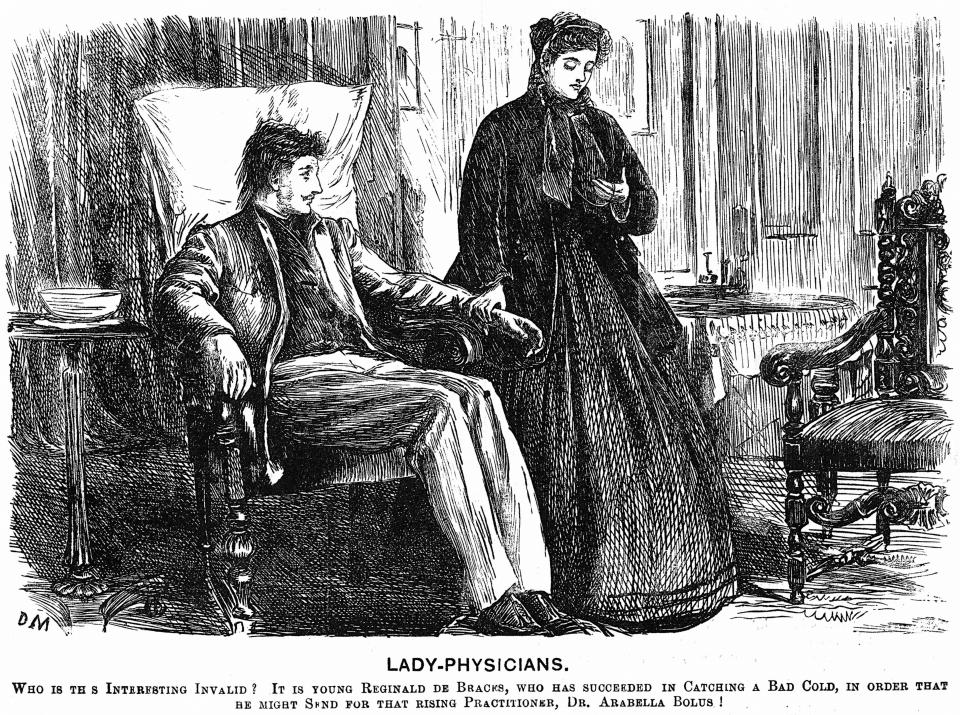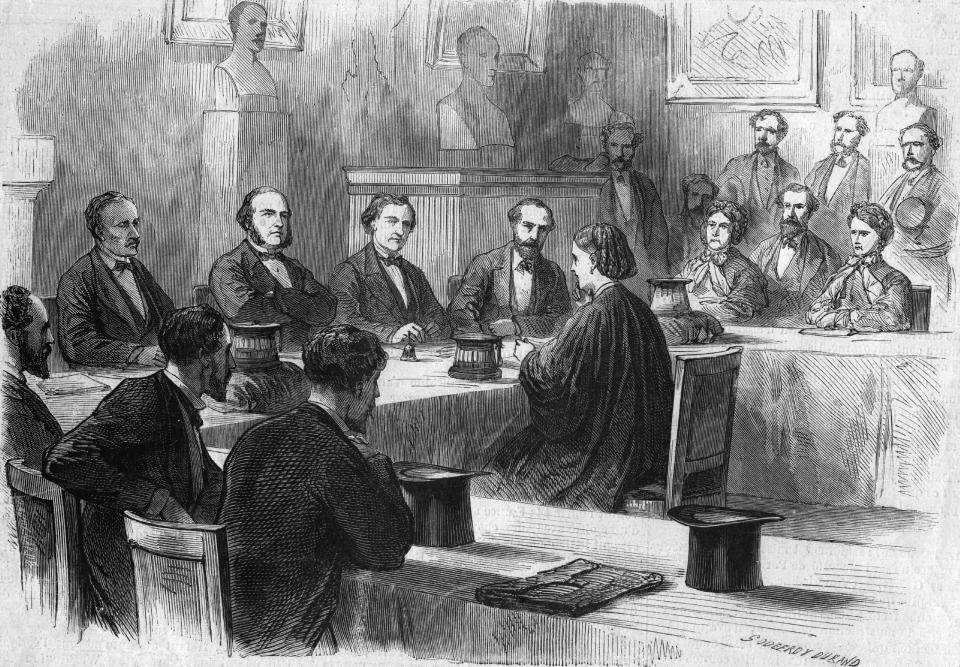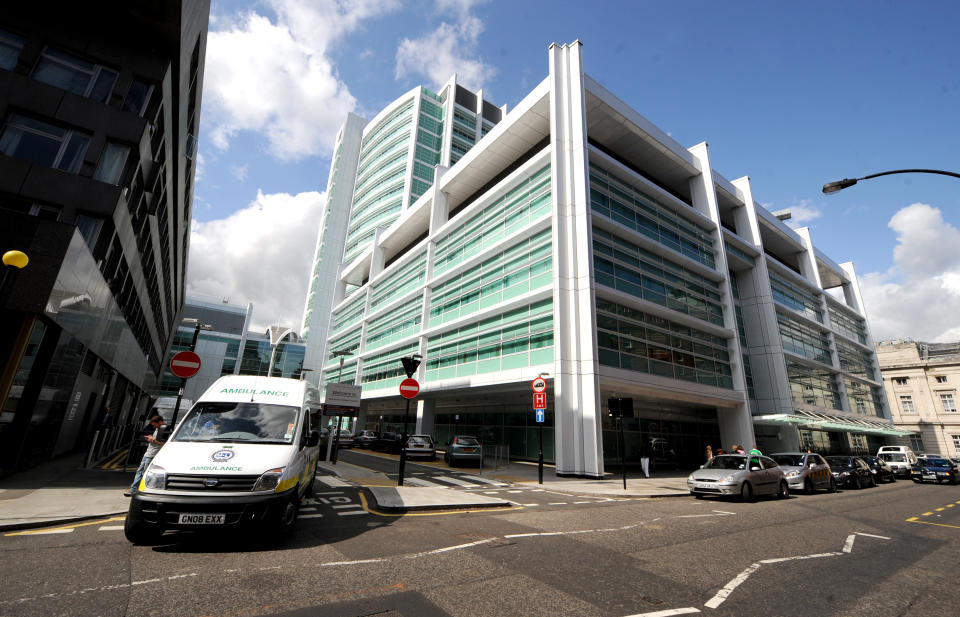The remarkable story of Britain's first female doctor

As Britain’s first ever female doctor, Elizabeth Garrett Anderson paved the way for thousands of women who have pursued a career as doctors.
According to NHS Digital, in 2018 women made up 45% of doctors, after an increase in the proportion of women in every speciality group across hospital and community health services and in some cases, such as psychiatry, overtaking the number of men.
However, despite women making up more than three quarters of all NHS staff (77%), women remained in the minority in more senior roles, the figures highlighted, suggesting things still aren’t quite equal.
That said, it’s a long way from the medical world Elizabeth Garrett Anderson took by storm - having to combat being barred several times from trying to become a doctor and bringing about a change in the law that allowed future women to follow in her footsteps.
As the world celebrates International Women’s Day, Garrett Anderson’s history highlights two of 2020’s key themes - forging inclusive workplaces so women thrive and supporting women to earn on their own terms.

Born in Whitechapel, London, Elizabeth Garrett Anderson was one of 12 children of a pawnbroker and was the sister of Suffragist leader Millicent Garrett Fawcett.
It was while visiting her sister in London when she was 23 that she met Dr Elizabeth Blackwell, the first female doctor to graduate in the United States - sparking Garrett Anderson’s desire to follow in her footsteps.
Read more: The best and worst countries to be a woman in terms of life expectancy
Read more: Pandora and Emma Bridgewater among brands giving back on International Women's Day 2020
However, despite her ambitions, Garrett Anderson struggled to get into any medical school.
Instead she enrolled as a nursing student at the Middlesex Hospital in London where she attended lectures with men.

Again, she found herself unable to progress as no university would allow her to take the exams she needed to become a doctor.
Refusing to be deterred, Garrett Anderson found out that the Society of Apothecaries, which oversaw medical licensing, did not specifically forbid women from taking their exams so studied for them and qualified in 1865, allowing her to become a doctor.
The move saw the society subsequently change its rules, banning women entrants.
Garrett Anderson started practising from her home in London and in 1866 opened the St Mary’s Dispensary for Women in Marylebone, London - the first time women had the opportunity to be treated by women.
In 1870 Garrett Anderson was appointed visiting doctor to the East London Hospital but was still yet to gain her Medical Degree.
Yet again, she found a way around a system that did everything to prevent her from following her dream, instead teaching herself French and going to the University of Paris - which accepted women - and finally achieved her medical degree, though she was still refused entry into the British Medical Register.

In 1871 Garrett Anderson married James Anderson and the following year set up the New Hospital for Women at the St Mary’s Dispensary, later the London School of Medicine for Women.
But Garrett Anderson’s efforts extended beyond herself. In 1876 - partly as a result of her campaigning - the Enabling Act was passed which allowed women to enter medical professions.
Her greatest achievement came in 1892 when women were admitted to the British Medical Association.
Garrett Anderson had three children and was senior doctor at her own hospital for 24 years as well as Dean at the London School of Medicine for Women for 20 years.
She retired to Aldeburgh in Suffolk, where she had lived as a child, in 1902 and became the first female mayor in England in 1908.
She died in 1917 at the age of 81 and in 1918 the London School of Medicine for Women was renamed the Elizabeth Garrett Anderson Hospital in her honour.

 Yahoo News
Yahoo News 
